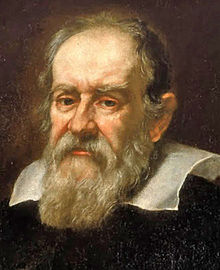
Published 2017-03-17
Keywords
- Galileo,
- auxiliary hypotheses,
- ice,
- buoyancy
How to Cite
Abstract
Galileo Galilei’s contribution during the early stages of the scientific revolution and his clash with the Catholic Church have been discussed, studied, and written about for many decades. There are indications however that recent work in this area has tended to underestimate the fact that Galileo had a particular style. By style here I mean a particular combination of behavioural features that are specific to a person or a historical period. Style of course can be related to behaviour in general, but what is relevant in this paper is the combination of dispositions that determine a particular way of engaging in science, as discussed by scholars like A.C. Crombie. Galileo, I will argue, had a scientific style marked by overconfidence. He tended to downplay the importance of obvious contradictory evidence that undermined his claims, and he did this by producing auxiliary hypotheses that sometimes verged on the extravagant. If we focus on this somewhat neglected aspect of his style, some interesting new questions emerge: To what extent did Galileo depend on such auxiliary hypotheses? How insecure did they render his position? And how ad hoc were they? In this paper, I explore these questions by comparing two important debates: one about the nature of water and buoyancy, the other about cosmology. Since the main features of the cosmology debate, the one involving Galileo’s defence of heliocentrism, are well known, I will dedicate more time to the water debate, before proceeding to highlight the elements of style that are common to both debates, and to evaluate the relevance of these elements for current understanding of scientific practice.




